Compare iPhone SE To Apple's Full 2020 Lineup: Price, Displays, Cameras
As of April 15, 2020, Apple's iPhone lineup includes iPhone SE (2nd generation), iPhone XR, iPhone 11, iPhone 11 Pro, and iPhone 11 Pro Max. Removed from the lineup today: iPhone 8! The devices not carried by Apple Stores proper will still appear in some stores – like mobile phone carriers, big box stores, and through 3rd-party stores aplenty. But if you're looking to buy a new-in-box iPhone from Apple from this point forward, you're looking at iPhone XR and newer.
iPhone 11 family
The iPhone 11, 11 Pro, and 11 Pro Max all have the same display shape – with the notch, with slightly different display sizes. The smallest of these is the iPhone 11 Pro with a 5.8-inch display, followed by iPhone 11 with a 6.1-inch display, and the iPhone 11 Pro Max with a 6.5-inch display.
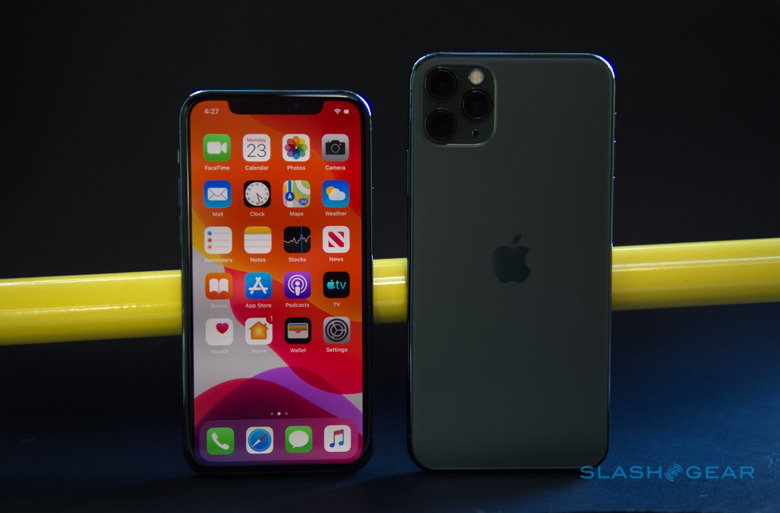
All iPhone 11 devices are IP68 rated for water and dust ingress, but Apple suggests that the 30 minutes of underwater protection is up to 2 meters on the iPhone 11, and 4 meters on both Pro models.
The iPhone 11 Pro and Pro Max have the same cameras on their back, and all iPhone 11 models (Pro and non-pro) have the same camera array on their fronts. All iPhone 11 devices have the same (A13 Bionic) chip with "third-generation Neural Engine). All iPhone 11 models have wireless charging and are fast charge capable – but only the Pro units have the 18W adapter included in the box.
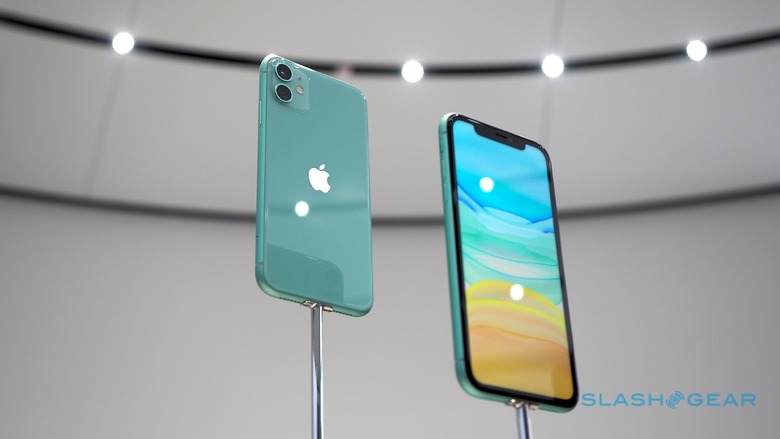
Battery life is slightly different between iPhone 11 models, but only by approximately an hour or two – so no massive difference in practice, really. No iPhone 11 has touchID, all have Face ID (no fingerprint scanner, all use face-scanners).
See our iPhone 11 Pro Review and our non-pro iPhone 11 Review as well. They can be very different – depending on your needs.
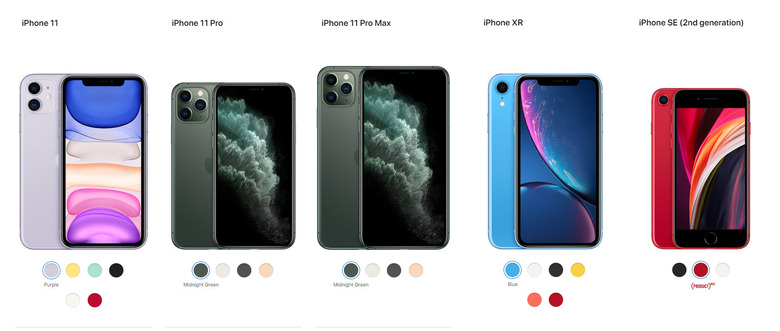
iPhone XR and iPhone SE (2nd generation)
The iPhone XR has a 6.1-inch display with a shape similar to that of the iPhone 11 collection, complete with Face ID (face-scanner) and a notch (complete with camera and sensors that allow Face ID to work). The iPhone XR is the least expensive post-iPhone X device Apple has available now, BUT, the differences between the iPhone XR (which looks new) and the iPhone SE (which looks "old") are a bit confusing.
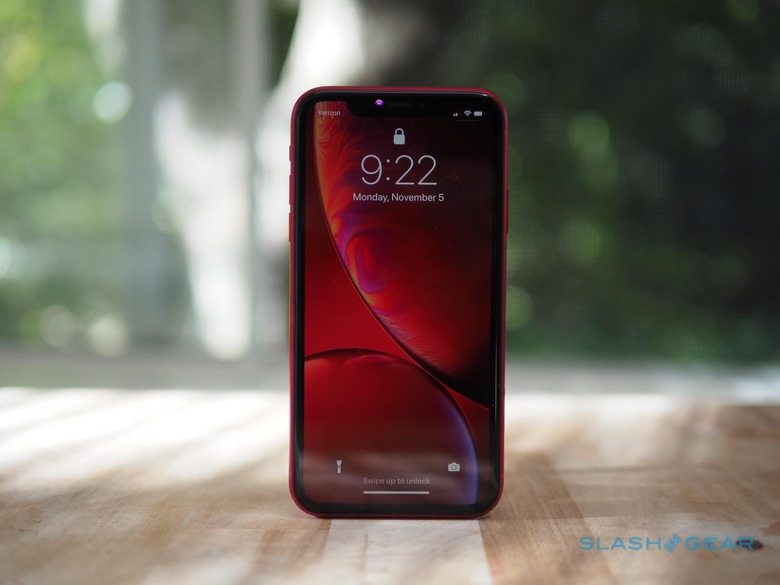
Both devices have IP67 water resistance (that's a basic 30 minutes of protection at 1 meter of water). Both device's displays have the same brightness, Wide color gamut, and "True-tone" tech.
The iPhone SE (2nd gen) has a 4.7-inch rectangular display, far smaller than the iPhone XR's 6.1-inch rounded-corner-notch-having display. But the iPhone SE (2nd gen) has the same chip as the iPhone 11 (and Pro), while the iPhone XR has a slightly older chip (Apple A12 bionic).
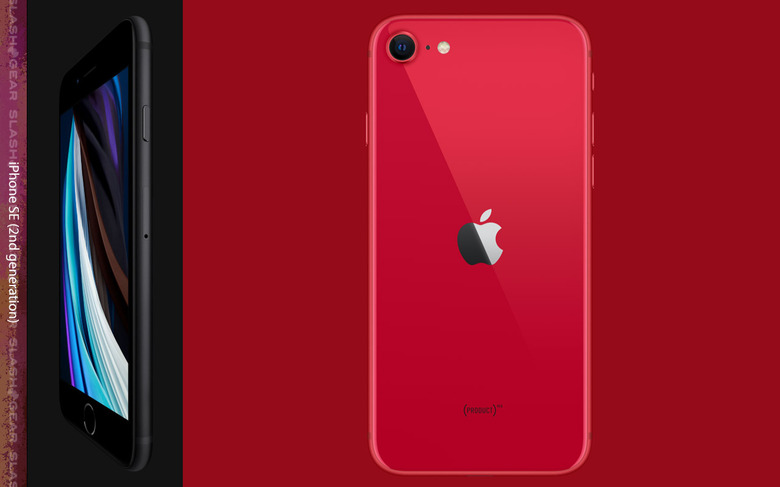
Apple suggests that both device have a camera with the following description: "Single 12MP camera (Wide) with Portrait mode, Smart HDR, and 4K video up to 60 fps with extended dynamic range up to 30 fps." One might assume that both devices have the same single back-facing camera module – but we've yet to confirm this for certain.
Take a peek at our original iPhone XR Review to see what this "compelling compromise" was (and remains) all about. We'll be releasing an iPhone SE (2nd Generation) Review soon!
The software support element
Perhaps the most important element in the whole mix for a person who wishes to have an iPhone that lasts the absolute longest with regard to software updates from Apple: The iPhone XR was released back in November of 2018, while the iPhone SE (2nd gen) will be released here in early 2020. The iPhone 11 collection was released in late 2019.
The iPhone SE (2nd gen) will be getting software updates from Apple longer (at least by a few months) than any of the other iPhone available from Apple right now.
Price Range for a new iPhone
iPhone 11 Pro pricing starts at $999, and $1099 for the iPhone 11 Pro Max. The iPhone 11 (non-pro) price range starts at $699 USD (without trade-in). The iPhone 11 comes in White, Black, Green, Yellow, Purple, and (PRODUCT)RED. The iPhone 11 Pro comes in Space Gray, Silver, Gold, and Midnight Green.
The iPhone XR will cost you at least $599 (without trade-in) from Apple right this minute. The iPhone XR comes in White, Black, Blue, Yellow, Coral, and (PRODUCT)RED.
If you're buying an iPhone SE (2nd generation) (2020) new from Apple, you'll pay at least $399 USD, or $16.62/mo. for 24 months. That's the same price for White, Black, or (PRODUCT)RED, in the 64GB (internal storage) configuration. If you upgrade to 128GB internal storage, you'll pay $449, or $549 for the 256GB edition.
• $1099 iPhone 11 Pro Max
• $999 iPhone 11 Pro
• $699 iPhone 11
• $599 iPhone XR
• $399 iPhone XR
iPhone SE trade-in
Apple also revealed "Apple Trade In" pricing for the iPhone SE this week. If you've got an iPhone that you want to trade in (IE send to Apple in exchange for credit), you'll be paying "from $9.54/mo. or $229" if you trade in the phone to which they've referred in their promotional materials. In the case of the trade in they've referenced in promotional materials, they mean an "iPhone 8 in good condition."
Apple also revealed an Apple Card cross-promotional deal for the iPhone SE. For that, they suggested that if you apply for Apple Card before April 17th, you'll get 3% "Daily Cash back" when you pre-order iPhone SE on April 17th. Any way you slice it, the iPhone SE is the best bang for your buck at Apple as of April of 2020 – but everyone is different, and each customer has their own wants and needs. Which one will you choose – or will you just go Android instead?
